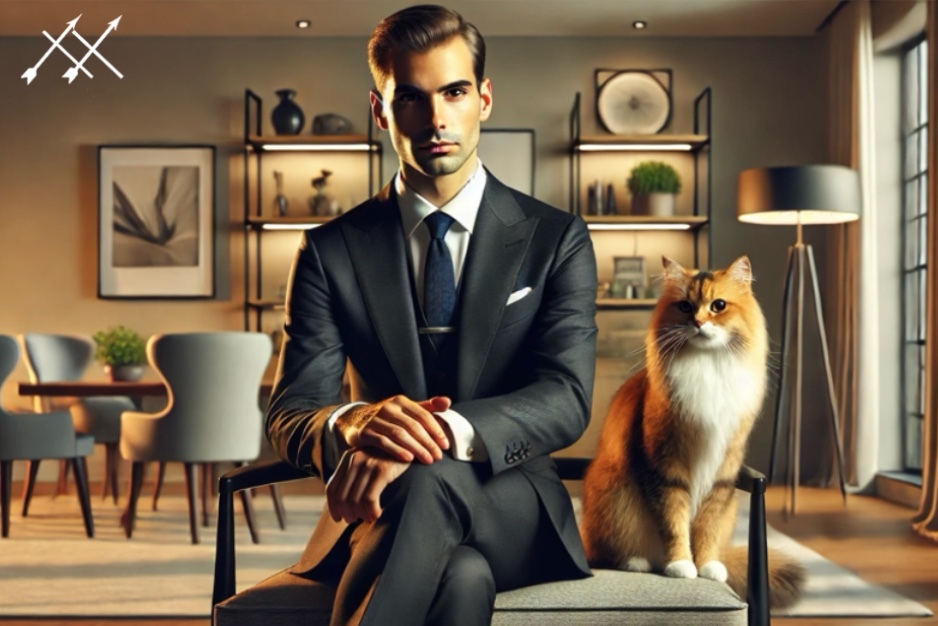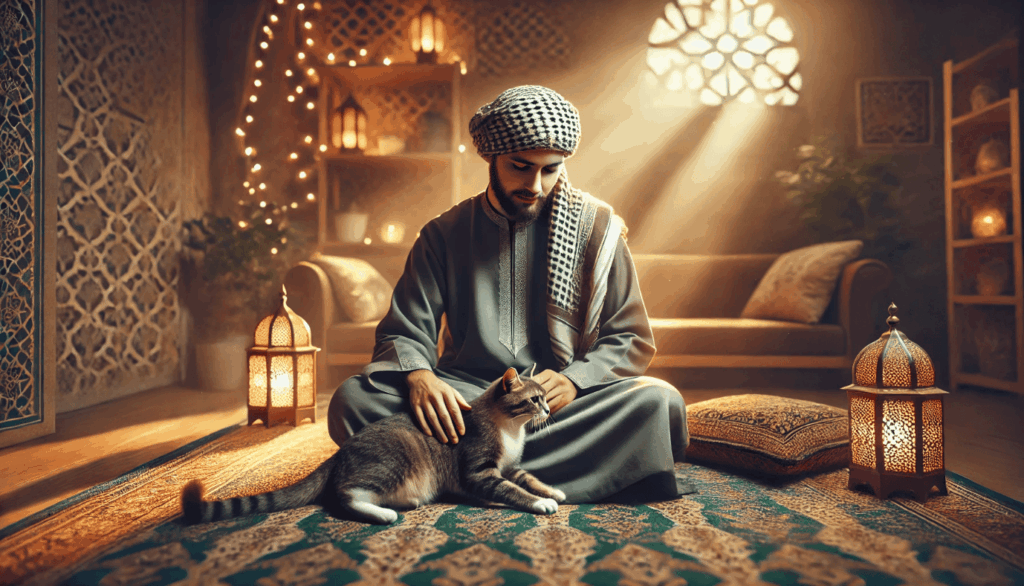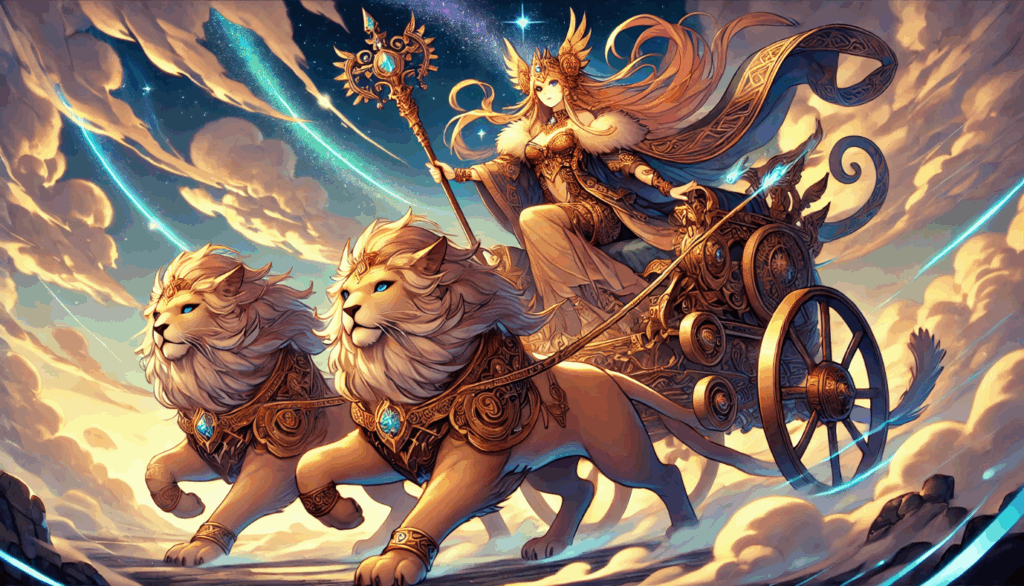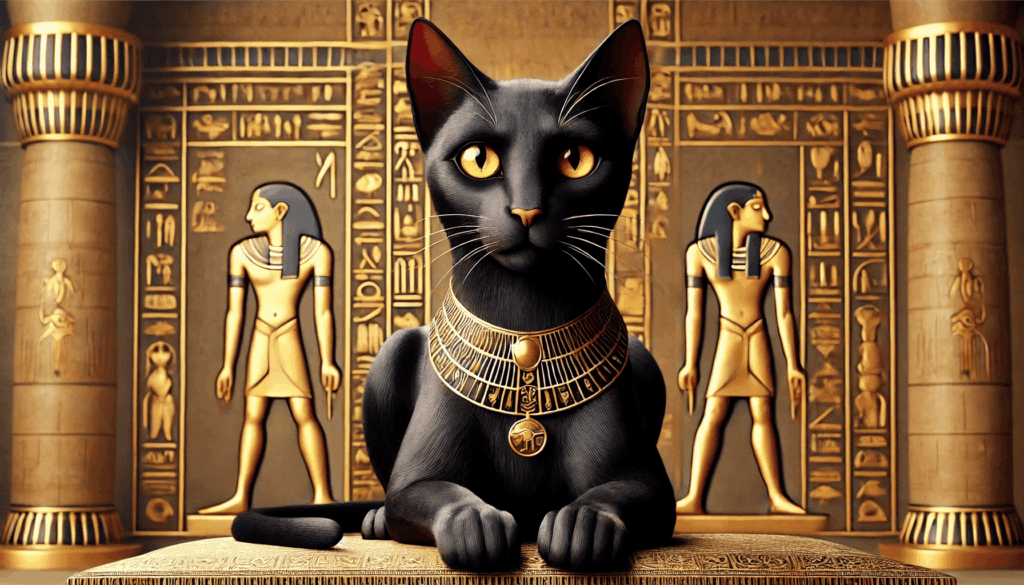Why Cat tattoos Were Worshipped in Mythology Continue to Inspire Tattoos

Cat tattoos have a special way of moving with grace, demanding attention on their own terms, and making us work for their affection.
But what if we told you their behavior goes beyond just being their personality? Cats have been seen as gods and spiritual protectors in many cultures throughout history.
Let’s explore why humans worshipped them and why they continue to inspire tattoos today.
Cleanliness and Compassion in Islamic Traditions cat tattoos

Cats are highly respected in Islamic culture. The Prophet Muhammad had a deep love for cats, and his teachings encouraged people to treat them with kindness. One famous story is about Muhammad and his cat, Muezza.
When Muezza was sleeping on the Prophet’s sleeve and the call to prayer began, Muhammad didn’t want to disturb his cat.
Instead of waking Muezza, he gently cut off the sleeve of his robe. This act of kindness helped establish the special place cats hold in Islamic tradition, where they are seen as clean and compassionate animals.
Islamic teachings also say that cat tattoos should be cared for and welcomed into homes because of their cleanliness.
Many people who admire this tradition choose cat tattoos to honor love, kindness, and a spiritual bond.
Freyja’s Cat-Drawn Chariot: The Norse Legend(cat tattoos ideas)

In Norse mythology, Freyja is the goddess of love, beauty, and fertility. She is often depicted as a powerful and compassionate figure, with a chariot drawn by two large, graceful cats. These cats were considered sacred animals to Freyja, and they played an important role in her stories.
According to legend, Freyja’s chariot was pulled by the cats as she traveled across the skies. The sight of her riding in her chariot was a symbol of her power and beauty.
Cat tattoos were seen as creatures with magical qualities in Norse culture, and their connection to Freyja highlighted their importance.
In Norse tradition, cats were also associated with the home and family, as they were believed to bring good luck and protect the household.
Freyja’s love for cats and her chariot being pulled by them made cats even more special in Norse culture, symbolizing grace, strength, and protection.
Bastet: The Sacred Protector and Feline Goddess of Egypt(cat tattoos ideas)

Bastet is an ancient Egyptian goddess who is often shown as a woman with the head of a cat or as a full cat.
She is known as the protector of home, family, and women, as well as a goddess of love, joy, and music. People in ancient Egypt believed Bastet had the power to protect them from evil and keep their homes safe.
Bastet was also a goddess of fertility, helping women during childbirth and ensuring the health of children. Cat tattoos were considered sacred animals in ancient Egypt, and people treated them with great respect because of their connection to Bastet.
In art, Bastet is often depicted as a gentle and caring figure, but she could also be fierce when protecting her people. She was a symbol of both kindness and strength.
Many Egyptians kept cats as pets to honor Bastet and enjoy the protection she offered.


